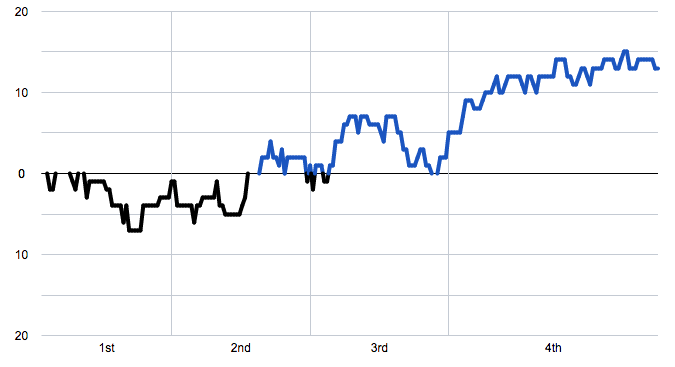GameChanger’s monthly Hack Days have been fun and popular since we launched them last year. They also serve an important function for our business: they open our minds to new ideas that make us smarter and more capable.

Hack Days are about cultivating creativity. They aren’t about shipping production-ready software. For that reason, I don’t care whether we launch anything that we build on Hack Days. Shipping production software requires an obsession with detail. One needs to think about monitoring, alerting, testing, and logging. Those things are important, but they aren’t especially conducive to creativity.
Creativity flourishes in a playful environment that we try to establish on Hack Day. We deliberately ignore details that normally consume us. Just to enhance the fun of the event, we bring in free food for the whole company. People across the company offer engineers silly bribes to encourage them to work on a particular pet project. At the end of the day, we celebrate our hacks, no matter how ridiculous, with playful demos to the whole company.
If launching features isn’t the point of Hack Day, then what does a successful hack look like? It can take several forms:
- A seed of an idea that deserves further investment. It’s easier to argue for design and engineering resources once you’ve already built something. That’s what Scott Morse did with the basketball lead flow visualization shown above. He hacked together a prototype. That prototype convinced us to prioritize finishing the job and launching it.
- Practicing a new technique or concept. After reading Marty Cagan’s Inspired and watching some videos from Sam Altman’s startup class at Stanford, I thought we’d benefit from measuring Net Promoter Score (NPS). Sean Wheeler and Crawford Roark joined me, and we built a system for gathering and calculating NPS. Our NPS is now the first thing presented at each company meeting. There was also an unanticipated benefit. The NPS data has become a source for recruiting users for interviews and usability testing.
- Pure R&D. Some really big problems need creative exploration. Our statistics engine, written in Scheme, runs both on servers and on iOS devices. Though it works, we’d like to make development easier and we’d like stat calculation to run faster. Ben Yelsey explored porting the engine to Clojure, though, in doing so, soured on the effort to support such a project across platforms. Later, Tom Leach decided to explore a reactive approach using the Reactive Extensions for JavaScript. We haven’t yet rebuilt our StatEngine but our collective R&D experiences will inform us when we do. They may also help our work on unrelated projects.
Creativity is an important capability and it doesn’t happen by accident. Every company needs to find creative and timely solutions to hard problems. It’s especially hard to do so when we’re in the detail-oriented mindset needed to ship production software. We’ve decided to invest time in developing our own creativity, and our monthly Hack Days are one of our sources of inspiration.